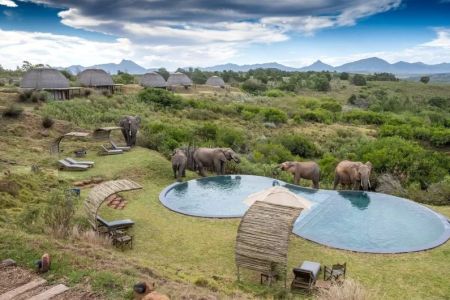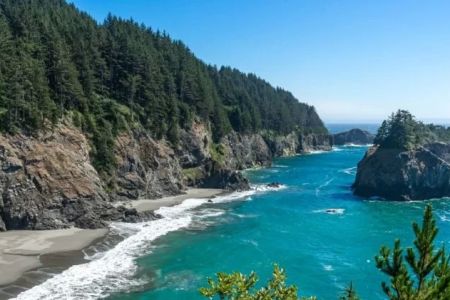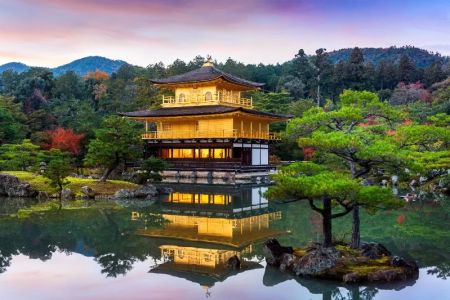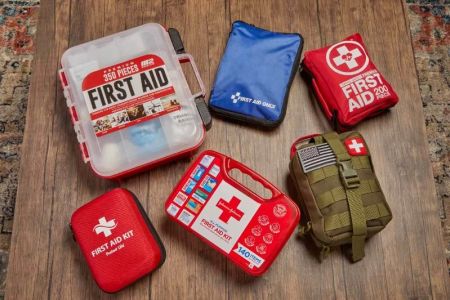- 1 - Why Dark Sky Parks—what-makes-these-places-special-for-stargazing
- 2 - When to Go—seasonal-windows-and-moon-phases-for-the-clearest-views
- 3 - Where to Go—choosing-a-us-dark-sky-park-by-region-and-bortle-class
- 4 - Build Your Itinerary—48-hour-stargazing-plan-with-daytime-adventures
- 5 - Gear and Setup—telescopes-cameras-comfort-and-red-light-discipline
- 6 - Etiquette and Safety—how-to-protect-the-night-and-yourself
- 7 - Real Story—first-milky-way-moment-and-lessons-learned
- 8 - Expert Tips—astrophotography-and-astronomy-shortcuts-that-work
- 9 - Book with Refined Travel—tailored-astronomy-trips-and-park-permits
1. Why Dark Sky Parks
How to Plan an Astronomy-Focused Trip to a US Dark Sky Park starts with understanding what sets these parks apart: exceptionally low light pollution, community commitments to shielded lighting, and educational programs that turn a clear night into a guided journey across time. Certified locations preserve natural darkness so you can see fainter stars, delicate nebulae, and the layered dust lanes of the Milky Way that urban skies simply erase. For travelers, that means reliable conditions, ranger talks, and facilities built with night vision in mind—think red-safelights, night programs, and thoughtfully located campgrounds.
1.1 The Bortle Scale
The Bortle Scale ranks sky darkness from Class 1 (pristine) to Class 9 (inner city). For a practical trip, Class 2–3 parks already deliver jaw-dropping views. Chasing Class 1 is thrilling, but Class 2–3 often offers better access, services, and consistent weather windows.
2. When to Go
Timing is everything. Plan around the Moon phase: new moon to a two-day crescent yields the darkest skies. For Milky Way core viewing in the U.S., the sweet spot typically runs from late spring to early fall at reasonable hours; winter delivers crystal clarity for Orion, the Pleiades, and long nights but requires serious cold-weather prep. Aim for nights with low humidity, light winds, and stable temperatures; in the desert Southwest, shoulder months (April–May, September–October) balance darkness with comfort.
2.1 Weather and Transparency
Forecasts mention seeing (atmospheric steadiness) and transparency (clarity). For the naked eye and wide-field photos, transparency matters more. After a cold front, air is often scrubbed clean—prime time for deep, contrasty skies.
3. Where to Go
Choosing a US Dark Sky Park by region helps align your astronomy goals with travel logistics. Use a light pollution map and prioritize parks that combine darkness with easy access, safe camping, and ranger programming. Below are traveler-tested picks by broad region to inspire your plan.
3.1 West—Desert Vistas and Steady Skies
High desert elevations yield steady air and massive horizons. Look for dry plateaus, low population density, and scenic geology for daytime photo ops. Many Western parks sit in Bortle Class 2 zones, where the Milky Way arches overhead like a river of snow.
3.2 Rockies—Alpine Clarity and Cool Nights
Mountain parks offer crisp air and dramatic foregrounds for astrophotography (peaks, lakes, bristlecone pines). Nights can be cold even in summer; pack layers and plan shorter exposures if winds pick up at altitude.
3.3 Midwest and Great Plains—360° Horizons
Prairie skies deliver uninterrupted horizons, perfect for meteor showers and timelapses. Watch for fast-changing weather and have a backup site east or west along the same latitude to dodge cloud banks.
3.4 South—Long Nights and Winter Comfort
Southern parks shine in winter with mild temperatures and lengthy darkness. Coastal humidity can soften contrast, so target inland high ground or arid zones when possible.
4. Build Your Itinerary
A tight, astronomy-first plan keeps energy high. Here’s a 48-hour framework you can adapt anywhere in the U.S.:
4.1 Day 1—Arrival and Acclimation
Afternoon (1–4 PM): Arrive early, set camp, and scout compositions—trees, rock arches, reflective water, or vintage cabins. Mark safe footpaths with dim red markers.
Twilight (Golden–Blue Hour): Lock in your foreground and camera angles while you can still see details; note where the Milky Way will rise.
Night 1 (New Moon Window): Start with naked-eye observing. Identify the Summer Triangle or Orion depending on season, and try a few easy wide-field shots to dial in focus and exposure.
4.2 Day 2—Deep Dive
Morning: Sleep in, hydrate, and download images. Visit the park’s observatory or attend a ranger program.
Afternoon: Short hike for a new foreground—alpine lake, desert saguaros, or prairie windmills.
Night 2: Go long: tracked Milky Way mosaics, star trails around Polaris, or a meteor shower. End with a group constellation tour; it’s a tradition that doubles as a safety headcount.
5. Gear and Setup
You don’t need a truckload of gear to enjoy a dark sky park, but the right basics transform the experience. Prioritize comfort and night vision: you’ll learn more and stay longer under the stars.
5.1 Essentials for Everyone
Red headlamp: Preserves night vision and keeps the site dark-friendly.
Insulation and seating: Warm layers, hat, gloves, and a reclining camp chair. Cold creeps in when you’re sitting still.
Star guide: A paper planisphere or offline app for constellations—screens dimmed with red filters.
Snacks and hot drinks: Warm tea or cocoa helps fend off the chill and encourages patient observing.
5.2 Photography Upgrade Pack
Camera and lens: A wide, fast prime (14–24mm, f/2.8 or faster) is ideal. Manual focus at infinity using live view on a bright star.
Sturdy tripod and intervalometer: For consistent framing and multi-minute sequences.
Extra batteries and dew control: Night cold saps power; hand warmers and lens hoods fight dew.
5.3 Telescope or Binoculars
Start with 8×42 binoculars—lightweight, bright, and intuitive. A compact Dobsonian telescope unlocks galaxies and globular clusters; keep expectations realistic and enjoy the hunt as much as the view.
6. Etiquette and Safety
Dark sky parks exist to protect the night. Your behavior keeps them special for everyone. Arrive before dark, dim every light to red, and park so headlights won’t sweep the observing field. Speak softly, shield phone screens, and call out before moving through a photo composition—astronomy is communal.
6.1 Wildlife and Weather
Store food securely, scan trails at dusk, and check temperature swings. In deserts, bring extra water; in alpine zones, watch wind chill. Pack a compact first-aid kit and tell someone your plan.
6.2 Leave No Trace at Night
Pack out everything, even glow stick fragments and tape. Stick to durable surfaces; cryptobiotic soil, alpine meadows, and delicate shorelines are easy to damage in low light.
7. Real Story
On a September trip, a small group reached a lakeside ridge just as twilight faded. The Milky Way rose behind a black silhouette of firs, and a kid in the group whispered, “It looks like smoke.” Their parent showed them the teapot shape of Sagittarius, then we passed around binoculars. For twenty minutes, nobody spoke. Later, a quick look at the LCD revealed a perfect reflection on the water. The lesson: scout a foreground, be patient with the dark, and give your eyes time. The sky does the rest.
8. Expert Tips
1) Track the Moon first, then weather. A cloudless full-moon night is worse for stargazing than a partly cloudy new-moon night.
2) Shoot at ISO you can actually process—clean ISO 3200 beats noisy 12800.
3) Use timed exposures (10–20 seconds at 14–24mm) to avoid star trailing if you’re untracked.
4) Bring a second tripod for time-lapse and a third for the group to share.
5) Join a ranger program or local astronomy club night—expert eyes accelerate your learning.
9. Book with Refined Travel
Ready to turn plans into an unforgettable night under the cosmos? Refined Travel 【 】 curates astronomy-focused itineraries with ideal dates, lodging near prime observing fields, and guidance on permits and after-dark access. Ask for a dark sky consultation and we’ll align Moon phases, seasonal targets, and your comfort level—so your first look at the Milky Way becomes a story you’ll tell for years.







